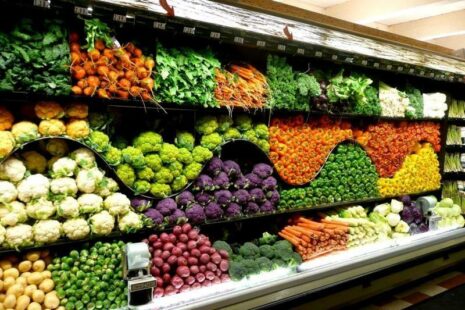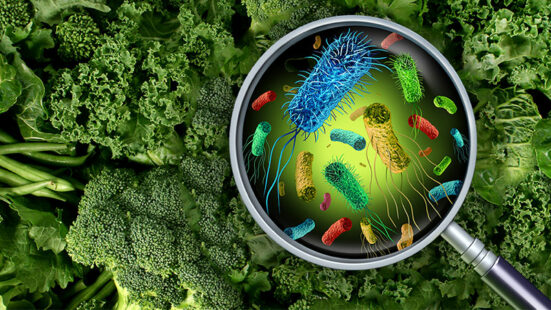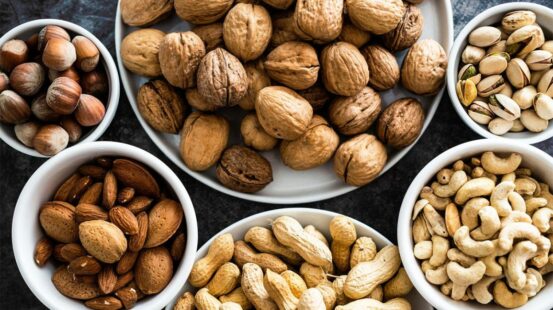
WHAT IS ORGANIC FARMING?
Organic farming, an agricultural system that uses ecologically based pest controls and biological fertilizers derived largely from animal and plant wastes and nitrogen-fixing cover crops. Modern organic farming was developed as a response to the environmental harm caused by the use of chemical pesticides and synthetic fertilizers in conventional agriculture, and it has numerous ecological benefits. Compared with conventional agriculture, organic farming uses fewer pesticides, reduces soil erosion, decreases nitrate leaching into groundwater and surface water, and recycles animal wastes back into the farm. These benefits are counterbalanced by higher food costs for consumers and generally lower yields. Indeed, yields of organic crops have been found to be about 25 per cent lower overall than conventionally grown crops, although this can vary considerably depending upon the type of crop.
STEPS TO ORGANIC FARMING
1) CROP SELECTION
Choose the property to suit the crop
Choose the crop to suit the property
Don’t push the climate boundaries
Minimise the pest & disease pressures
Site selection
2) SOIL FERTILITY
Balance – physical, chemical, biological
Soil analysis – pH
Fertilizer history
Crop requirements – nutritional & biological
Equipment required
3) PLANT HEALTH
80-90% via soil
Organic fertiliser, compost, cover crop
Do we need to supplement with soluble fertilizers?
Foliar spray program.
Plant tissue analysis
Must provide crop requirements
Source of Nutrients – compost, cover crops, organic fertiliser, foliar sprays, trace elements
4) INSECT PESTS
Life cycles of pest & beneficial insects
Monitoring
Solutions – release of beneficial insects, cover crops, poultry, barriers, rescue chemistry
5) DISEASE PRESSURE
Life cycle of diseases
Crop rotation
Monitoring
Allowable inputs versus natural measures
6) WEED MANAGEMENT
Annual, perennial
Management methods
Equipment required
Crop rotation
Cover crop
7) POST-HARVEST ISSUES
Maintaining fruit quality
Extended storage
Pest and disease issues
8) RISK ASSESSMENT
Neighbouring activity
Prevailing winds
Agreements
Buffer zones
Support base
9) EQUIPMENT NEEDS
Weed control dedicated to organic blocks
10) SKILLS ASSESSMENT
Farmer & staff

Researchers are now starting to trail the effectiveness of the mouse baits. It is in collaboration with both farmers and baits suppliers. In fact, approximately three research papers were prepared and are soon to be peer-reviewed. After being approved, these papers will be published in scientific journals in an attempt to control further mouse plagues […]
Read More →
The opportunity to work on a citrus farm is truly one of a kind. Moreover, working on a farm in Australia enables one to view the country through a different lens. In fact, it is a great way to meet people of different backgrounds. Usually, the main harvest commences in March and continues all through […]
Read More →
Australia is the second largest exporter of almonds! However, this feat was not achieved overnight. The origins of the almond crop occurred in Adelaide Hills and the industry expanded into the South Australian Riverland. Almond harvesting is totally dependent upon the variant of the nut. Nevertheless, as a rule of thumb, almonds in Australia are […]
Read More →